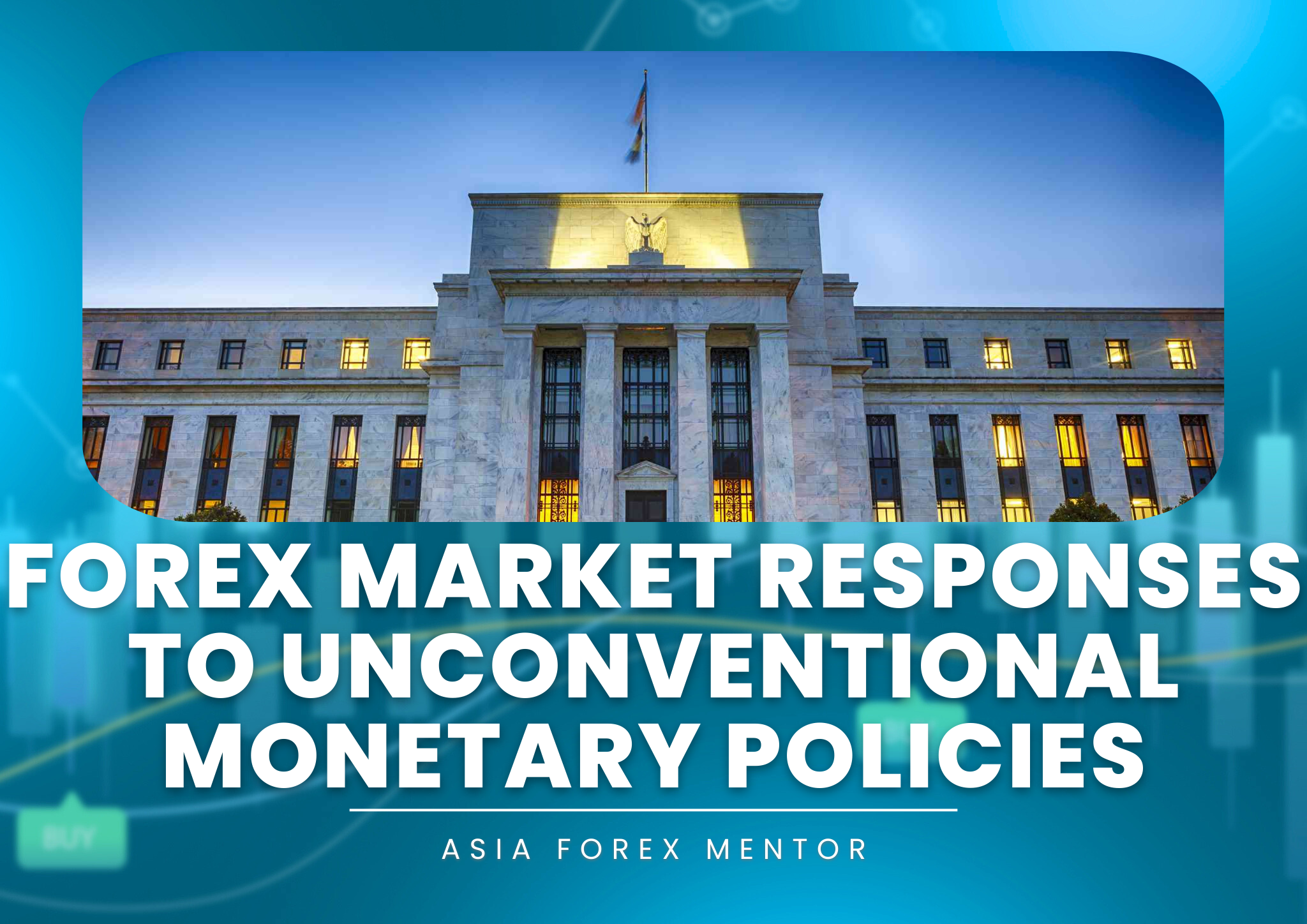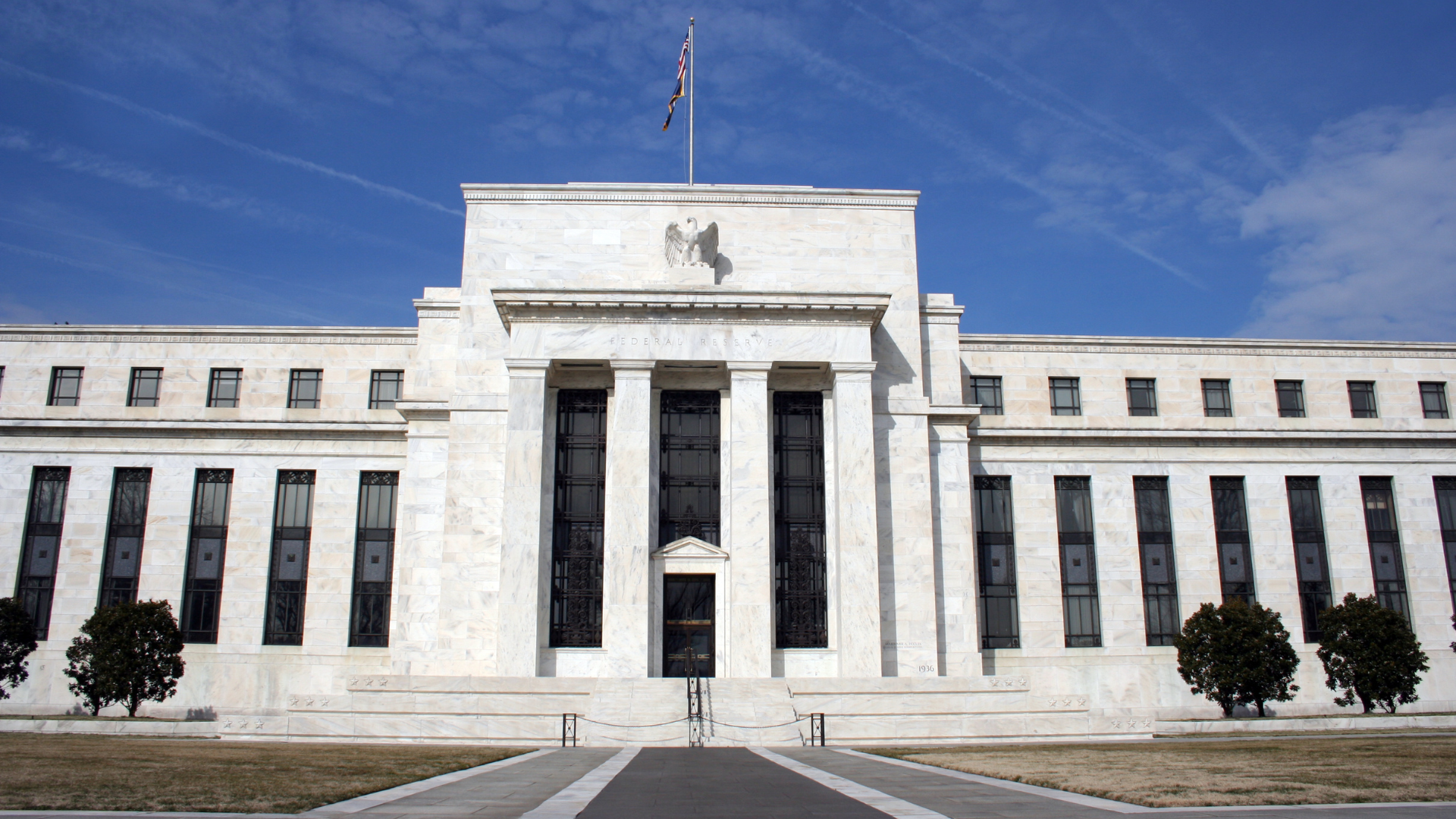Federal Reserve Bank of Boston President Susan Collins emphasized the need for ongoing caution in monetary policy, following the central bank’s half-percentage point rate cut in September. Speaking on Wednesday, Collins described the decision as “prudent,” noting that inflation is moderating and the economy remains vulnerable to potential shocks.
“I saw an initial 50-basis-point rate reduction as prudent in this context, recognizing that monetary policy remains in restrictive territory,” Collins said, underscoring that despite the rate cut, the Fed’s stance is still tight enough to cool inflation without overheating the economy. However, she signaled that “further adjustments will likely be needed” depending on the evolving economic data.
Collins made it clear that the Fed’s future moves are not predetermined, saying, “Policy is not on a pre-set path and will remain carefully data-dependent, adjusting as the economy evolves.” This reinforces the central bank’s strategy of closely monitoring economic indicators before making further rate decisions.
The Boston Fed president’s remarks come amid a period of unexpectedly strong labor market data, including September’s robust jobs report, which showed that employment growth remains steady. Collins pointed out that the labor market is currently in a “good place” — neither too hot nor too cold — but added that maintaining this balance will require the economy to grow close to trend.
Collins stressed the importance of preserving these healthy labor market conditions, signaling that steady economic growth is key to avoiding further instability. With inflation easing but still above the Fed’s target, the central bank is walking a fine line between supporting the labor market and preventing the economy from overheating.
As the Fed continues to evaluate incoming data, the timing and scale of future rate cuts remain uncertain. Collins’ comments suggest that while the September rate cut was a step in the right direction, the Fed remains open to further adjustments to ensure both price stability and sustainable growth.










